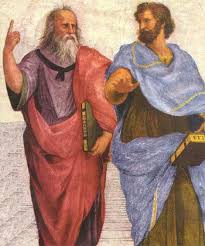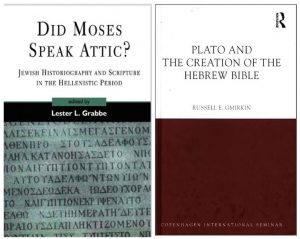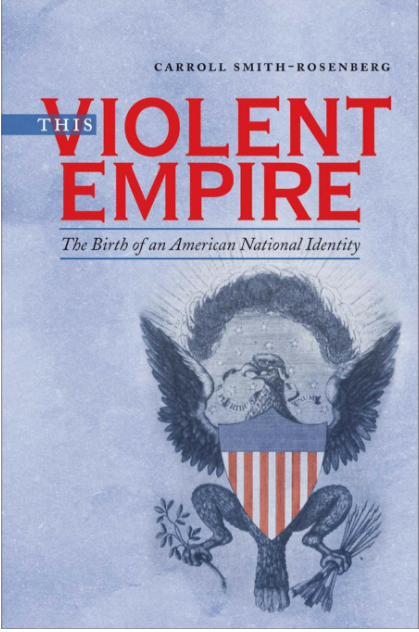Larry Hurtado has written “an observation for consideration (or refutation)” concerning the sources we have for earliest Christianity. I make my own observations (or refutations). Hurtado writes:
We have more evidence about the beliefs, behavioral practices/demands, and diversity in early Christianity in the first two centuries AD than for any other religious group of the time. From within the few decades we have real letters sent from a known author (Paul) to named and known recipients (e.g., Corinth, Thessalonica, Galatia), in which contemporary issues of belief and practice surface and are addressed, and in which also a whole galaxy of named individuals appears, along with information about them.
I think we can be more precise.
From [apparently] within the few decades [of the reported crucifixion of Jesus under Pilate] we have
realletters [widely but not universally believed to be real] [that purport to be] sent from a known author (Paul) to named and known recipients (e.g., Corinth, Thessalonica, Galatia), in which [supposedly] contemporary issues of belief and practice surface and are addressed [although often the same issues are also addressed in the second century], and in which also a whole galaxy of named individuals appears, along with information about them.
My qualifications are added for the purpose of keeping in mind that
- we have no evidence of the existence of the letters until the second century when we find an array of competing versions of Paul as a focus of theological battles, some of them quite diametrically opposed to the Paul whose name is attached to the letters;
- the letters of Paul are in several noticeable ways quite different from other personal and philosophical letters of the day; moreover, we have good reasons to believe that today’s manuscripts are the products of ancient editorial and other redactional practices;
- we quite readily set aside some letters claiming to be by Paul as spurious and merely assume that a subset of the total corpus are simply because they appear to be expressed in a common style and with a common theological outlook.
Now I am quite prepared to accept the NT letters of Paul as genuine for various reasons, but at the same time I am always conscious of questions such as those above that continue to hover nearby. Accepting data provisionally for the sake of argument and for the testing of hypotheses is not a bad way to go, I think. Continue reading “Our Knowledge of Early Christianity — sifting interpretation from the raw data”




 In his recent book,
In his recent book,